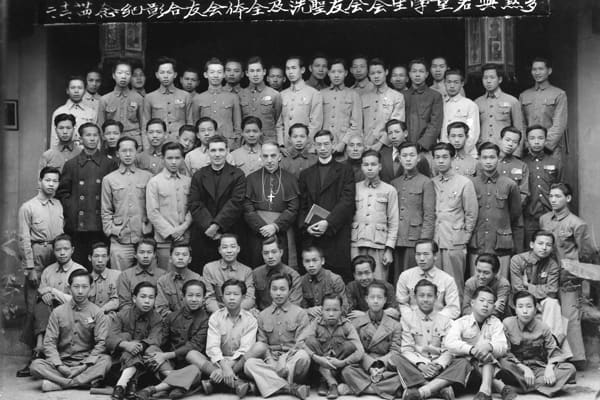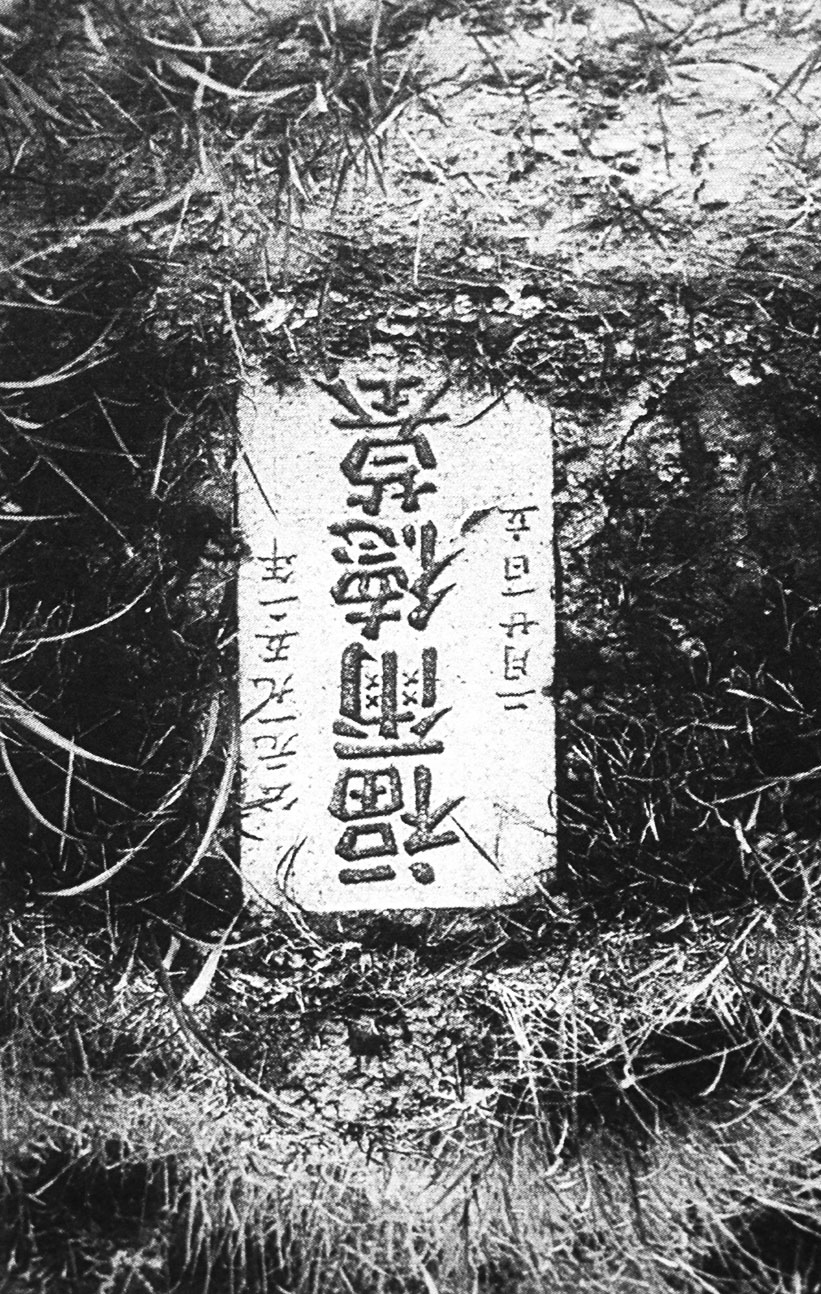Process of Sainthood
The official process of declaring someone a saint is known as canonization. In the year 1234, Pope Gregory IX established steps to investigate the life of someone in consideration for sainthood including any attributing miracles they may have been associated with. Pope Sixtus entrusted the Congregation of Rites, later known as the Congregation for the Causes of the Saints. Various popes have contributed to the procedures for canonization since then. Today, this process cannot begin until after 5 years of death. This period of time insures the person has the enduring reputation to be considered a saint. The only exception is if the Pope waives this time period.
When the process begins, it is the Bishop of the diocese in which the individual died can petition the Holy See to initiate the process. Once a Cause has begun, the individual is known as a Servant of God.
One element taken into consideration is to see if any miracles have been granted through the candidate’s intercession. Then public and private writings are collected and examined to see if the individual exemplifies “purity of doctrine”. This phase can take many years and concludes with a transumptum authenticated and sealed submitted to the Congregation for the Causes of Saints. If the cause is accepted, further investigation is done. It is examined if the candidate was a martyr, dying by faith, and had dedicated their life to God and the Church by being charitable, virtuous, and heroic. The Positio summarizes the life and Virtues of the Servant of God. The theological commission votes affirmatively or negatively on the Case. This recommendation is then passed to the cardinal, archbishop and bishop members of the Congregation who in turn vote


Their vote determines whether the Cause lives or dies. If the vote is affirmative, the recommendation of a Decree of Heroic Virtues is sent to the Holy Father, whose judgment is final. Once the candidate is declared all of this, they may be known as Venerable.
Formal beatification includes an informative process, an introduction of the cause, the apostolic process, and four definite judgments. Although the candidate may pass this step, they may be restricted to a city, diocese, region, or religious family. It is the Pope who would authorize special Mass, prayer, or proper Divine Office honoring the blessed.
An additional miracle would be needed for the completion of canonization and formal declaration of sainthood. The Pope does not make the persona a saint. Instead, he declares the person exemplifies Christ worthy of imitation by the faithful. A Mass, Divine Office and other acts of veneration may now be offered throughout the universal Church. If the saint has universal appeal, they may be added to the general calendar of the church. If the saint is localized, the saint may be added to a specific calendar, or celebrated with a votive Mass or Office.
